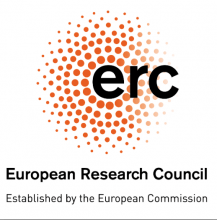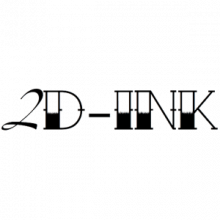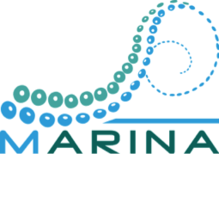Projects at a Glance
FAST TestOM- FAST and accurate Testing of Organic Materials
Organic electronic devices are currently ubiquitous. For example, most mobile phones in the market have screens based on organic light-emitting diodes. These devices have many advantages against their inorganic counterparts, as they have for example lower manufacturing costs, they are typically very light and robust and can built into flexible devices, bendable and foldable.SGPCM - Switching graphene-plasmon with phase-change materials
Graphene plasmons (GPs) enable the transport and control of light on an extreme subwavelength scale as well as the dynamic tunability via electric-gate voltage, which can be exploited for numerous applications such as for strong light-matter interactions, tunable infrared biosensing and absorption spectroscopy, subwavelength optical imaging, as well as for the development of tunable transformation optics devices, metamaterials and metasurfaces.FUNMOLDEV - Functional Molecular Nanostructures for Optoelectronic Devices
This is a collaborative research project funded by the Spanish Ministry of Innovation and Economy (Mineco) for developing hierarchical routes for the synthesis of complex covalent molecular nanostructures with potential functionality as active optoelectronic components, such as pn junctions of quantum dots. Furthermore, FunMolDev targeted a new generation of nanodevices with disruptive impact in Information and Communication Technologies (ICT). For this purpose, we developed methods for connecting active molecular components to electrical leads and further networking them into a percolating mesh as a proof of their scalability into devices. FunMolDev also aimed at bridging such highly interdisciplinary fundamental research into higher level of technology by developing alternative routes for the synthesis and transfer of CMNs to insulting and gateable surfaces, which to date remain big challenges to the scientific community. FunMolDev combineed the work of six Spanish research groups in Galicia (CiQUS at the University of Santiago de Compostela), Euskadi (the CFM, Centro de Física de Materiales - CSIC-UPV, and CIC nanoGUNE), Aragón (the ICMA, Instituto de Ciencia de Materiales de Aragón – CSIC-UZ), and Catalunya (the ICN2, Instituto Catalán de Nanociencia y Nanotecnología).
SPM2.0- Scanning probe microscopies for nanoscale fast, tomographic and composition imaging
Advanced Microscopy are widely recognized as one of the pillars onto which the research and manufacture of Nanotechnology based products is sustained. At present, the greatest challenge faced by these techniques is the realization of fast and non-destructive tomographic images with chemical composition sensitivity and with sub-10 nm spatial resolution, in both organic and inorganic materials, and in all environmental conditions.SGPCM- Switching grapheme-plasmon with phase-change materials
Graphene plasmons (GPs), is enable the transport and control of light on an extreme subwavelength scale as well as the dynamic tunability via electric-gate voltage, which can be exploited for numerous applications such as for strong light-matter interactions, tunable infrared biosensing and absorption spectroscopy, subwavelength optical imaging, as well as for the development of tunable transformation optics devices, metamaterials and metasurfaces.
HYCOM - Design of Multifunctional Hybrid Composites
The main objective of this project is to create and optimize highly functional materials using thin film growth techniques for hybrid materials and the infiltration of inorganics into polymers. These growth processes will be applied to technical products like polymer fibers or particles, with the aim of demonstrating their potential applications in various fields such as fiber-based (wearable) electronics, catalysis, and energy storage. With these advanced techniques, we aim to achieve precise control over material fabrication and the tuning of their physical properties, which are of significant interest in both technological and societal contexts.
NanoMech - Controling the nanomechanic os viral and bacterial infections: from molecules to cells
In this project we investigated the mechanical properties of proteins associated with the adhesion of bacteria and viruses in the initial moments of infection. In addition, molecular tools were developed to control said mechanics and prevent the adhesion of proteins to their targets.
MARINA - Marine Knowledge Sharing Platform for Federating Responsible Research and Innovation Communities
The objective of the MARINA project is to accomplish the resolution of marine related issues and problems following the responsible research and innovation principle, creating an all-inclusive Knowledge Sharing Platform, together with federating activities such as Mobilisation and Mutual Lerning workshops and exhibitions. The expected outcome of the Work Programme is a clear improvement of the integration of society in science and innovation.
By funding program
Contact

Yurdana Castelruiz
Projects Manager
+ 34 943574022
y.castelruiz[at]nanogune.eu





